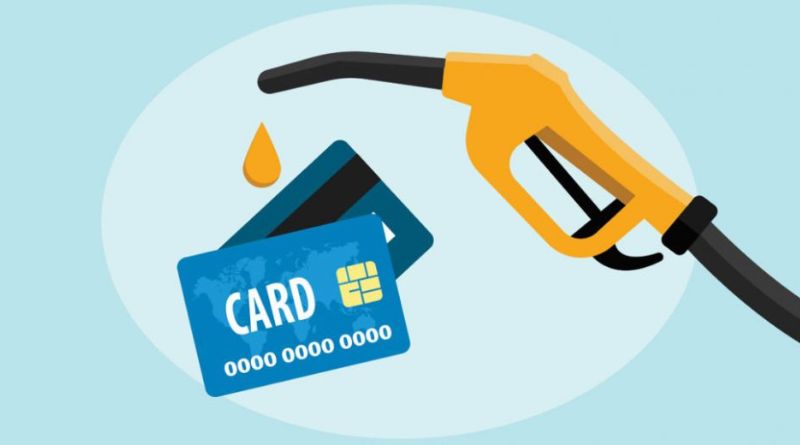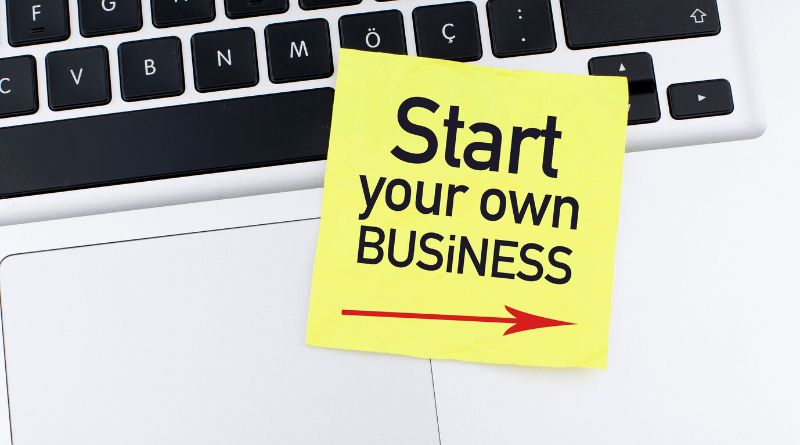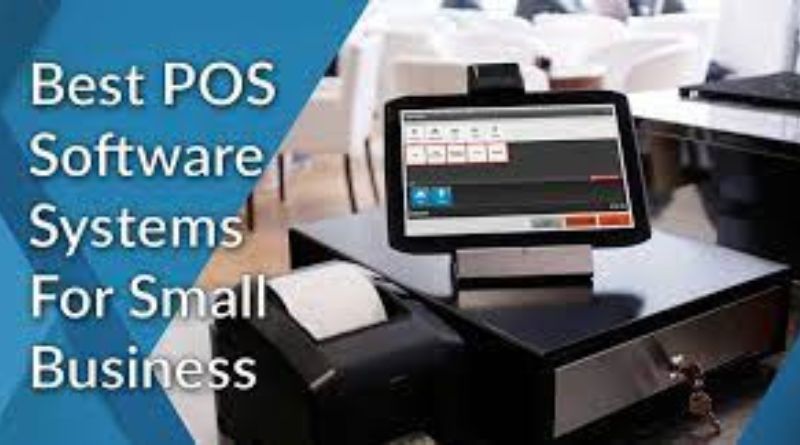If you’re looking to save money at the pump, then fuel cards are a great way to do so. Here we take an in-depth look at ten of the best fuel cards for small businesses in 2022, helping you determine which one will be right for your business and your budget. Read on to find out more about each of our picks and discover the benefits and drawbacks of each card.
1 Valero
Valero’s fuel card offers businesses a variety of benefits including discounts on fuel, access to cash back rewards, and the ability to track spending. Plus, there are no annual fees or minimum purchase requirements. This makes Valero’s fuel card one of the best options for small businesses.
ExxonMobil (five sentences): ExxonMobil’s fuel card offers businesses discounts of up to 6 cents per gallon on fuel purchases, as well as other benefits like account management tools and online reporting.
2 Shell
If your business has a lot of vehicles on the road, then you know how important it is to find a good fuel card. With so many options out there, it can be hard to decide which one is right for your business. That’s why we’ve put together a list of the 10 best fuel cards for small businesses in 2022. Take a look and see which one will work best for your company.
1 Exxon: A nationwide chain with all sorts of stations across the country, Exxon offers quality service with low prices.
2 Shell: If your business has a lot of vehicles on the road, then you know how important it is to find a good fuel card. With so many options out there, it can be hard to decide which one is right for your business. That’s why we’ve put together a list of the 10 best fuel cards for small businesses in 2022.
3 Texaco
Texaco has one of the best fuel cards for small businesses in 2022. They offer a wide variety of options to choose from, including gas, diesel, and even electric. You can also get discounts on fuel when you use your Texaco card. Plus, Texaco has a great rewards program that gives you points for every dollar you spend.
ExxonMobil (four sentences): ExxonMobil is another great option for a fuel card in 2022.
4 BP
As a small business owner, you know that every penny counts. That’s why finding the right fuel card can save you time and money. Here are 10 of the best fuel cards for small businesses in 2022. – Visa: The Visa card has two different types of fuel cards: gasoline or diesel. You can also choose between prepaid and postpaid billing options. The downside to this card is that it only offers discounts at specific stations; there are no discounts on groceries or any other type of purchase with this card.
– Chevron: Chevron provides its customers with an easy way to get low gas prices nationwide, including Alaska and Hawaii.
5 Sunoco
Sunoco has one of the best fuel cards for small businesses. They offer a wide variety of services and have an excellent reputation. The card offers a great value and is accepted at most gas stations. It’s a good choice for businesses that need to fill up often.
6 Marathon Petroleum Corporation
Marathon Petroleum Corporation is one of the largest petroleum refiners, transporters and marketers of refined products in the United States. They offer a wide variety of business fuel cards with different benefits to help small businesses save money on fuel costs. Some of their fuel cards even offer discounts on other business expenses like maintenance and repairs. Choose the Marathon Petroleum Corporation fuel card that best fits your business needs and start saving today!
7 ExxonMobil Corporation
ExxonMobil Corporation is an American multinational oil and gas corporation headquartered in Irving, Texas. It is the largest direct descendant of John D. Rockefeller’s Standard Oil Company, and was formed on November 30, 1999 by the merger of Exxon and Mobil. As of 2018, the company ranked No. 3 on the Fortune 500 rankings of the largest United States corporations by total revenue.
8 Chevron Corporation
Chevron Corporation is one of the world’s largest integrated energy companies, with operations in more than 180 countries. Chevron produces and sells crude oil, natural gas, and refined products; it also provides refining, marketing, and transportation services.
9 Statoil Fuel & Retail (Corporate)
The Statoil Fuel & Retail corporate fuel card is best for businesses with a lot of employees who travel frequently. This card can be used at any of the more than 2,000 Statoil and Circle K gas stations in Europe. You’ll get a discount of up to 20% on fuel, as well as access to account management tools and online reporting. There’s also a 24/7 customer service line.
10 Costco Wholesale Corporation
Costco is a membership-only warehouse club that provides a wide variety of merchandise, from groceries to electronics to home goods. They offer two different business membership options, each with its own set of benefits. For small businesses, the Executive Membership could be a good option as it offers an annual 2% reward on most purchases, as well as exclusive deals and discounts. Plus, there’s no limit to the amount of rewards you can earn.








